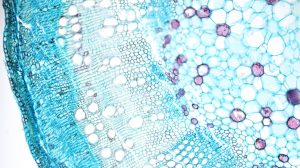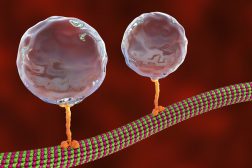Definition
noun
A behavior in certain animals wherein the animal curls back the upper lip thereby exposing the front teeth, to facilitate the transfer of scents and pheromones into the vomeronasal organ above the roof of the mouth via a duct
Supplement
The flehmen response is an animal behavior in which the animal curls back the upper lip. This exposes the front teeth and gums of the animal. This is actually a means through which the pheromones and certain scents are transferred into the vomeronasal organ. The vomeronasal organ is an auxiliary olfactory organ located above the roof of the mouth via a duct, behind the front teeth of the animal. It is found in certain animals such as snakes, lizards, and many mammals (e.g. mice, rats, elephants, cattle, dogs, cats, goats, and pigs). These animals perform the flehmen response to investigate a source of scent of particular interest. When these animals carry out such behavior it seems that they are laughing or smirking.
The flehmen response is essential in identifying reproductive status of a potential mate. Some animals, such as goats, perform this behavior as a response to the smelling of urine, including those from other species.
Word origin: German flehmen (“to bare the upper teeth”)
Variant(s):
- flehmen position
- flehmen reaction
- flehming
- flehmening
See also:







